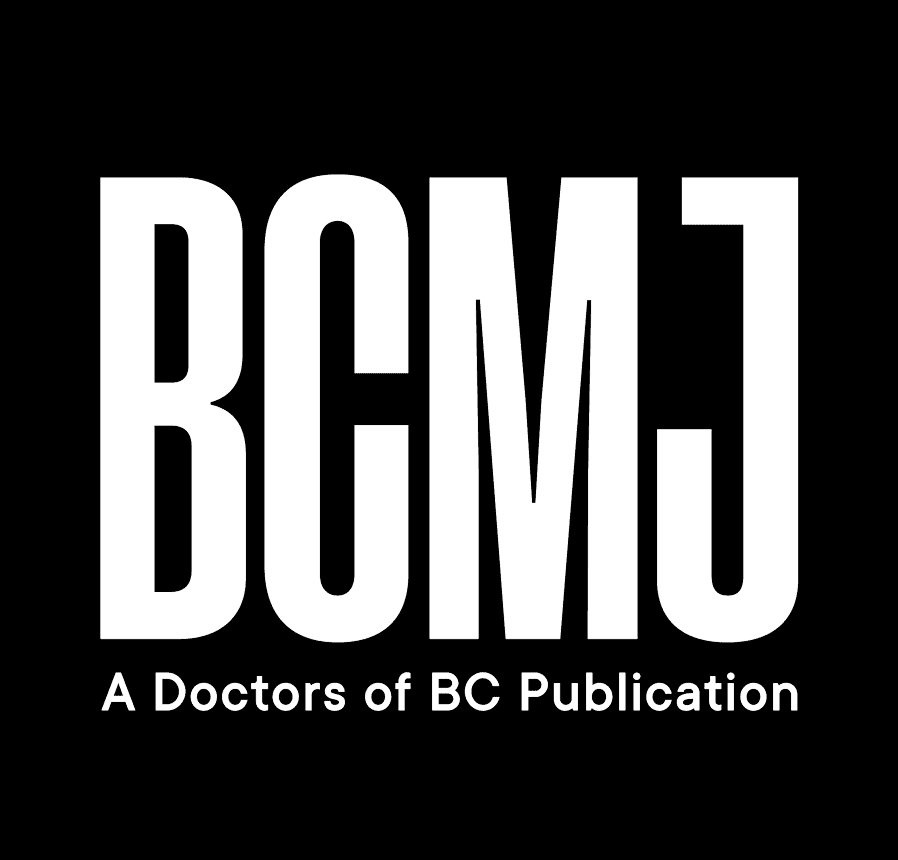A legacy of care: Celebrating 125 years of Doctors of BC
A group of dedicated physicians came together 125 years ago to form what is now Doctors of BC, at a time when medical professionals had little support, few resources, and limited influence on health care policies. Their goal was to ensure physicians had a voice and were supported so patients could receive the best possible care.
Today, we celebrate the incredible impact Doctors of BC has had over the past 125 years, shaping the future of medicine in BC. We reflect on how far we’ve come—not only in medicine but also in the strength of our physician community. Today, the association supports a community of roughly 17 000 physicians dedicated to influencing real change for the health care system and for patients. This milestone anniversary isn’t just a testament to longevity; it’s a celebration of dedication, innovation, and an unwavering commitment to advocate for and support physicians across British Columbia.
While there is still much work to do, we have many historical achievements to be proud of.
Advocating for physicians and patients
For more than a century, Doctors of BC has been the leading advocate for physicians, ensuring they have the resources, support, and fair compensation necessary to provide quality care.
Doctors of BC was the first provincial association in Canada to hire a professional negotiator to represent doctors in contract negotiations—an innovative approach that every other provincial and territorial medical association has since followed. Throughout its existence, the association has continuously evolved to meet the ever-changing needs of its members, the profession, and the health care system. Whether negotiating contracts, advocating for better working conditions, or championing physician wellness, the association has stood firmly in support of the medical community.
At the same time, patient care and health promotion continue to be a mainstay of our advocacy. Through strong lobbying efforts and by rallying thousands of British Columbians, Doctors of BC played significant roles in making seatbelts mandatory for those over 16, making car seats mandatory for infants and children, persuading the government to place a moratorium on uranium mining, and banning tobacco smoking in all indoor public spaces.
Positioning BC doctors as leaders in transforming health care
Across the decades, Doctors of BC has played a crucial role in amplifying physicians’ voices, ensuring they have a seat at decision-making tables and a strong influence in shaping health care policies, funding decisions, and systemic improvements. From negotiating fair compensation and working conditions to advocating for patient access, physician well-being, and gender equity in medicine, Doctors of BC has been instrumental in helping shape a system that aims to improve doctors’ lives, patient care, and the population’s overall health.
And through our unique Joint Collaborative Committees, BC physicians have emerged as leaders, working with partners to develop innovations to enhance quality patient care, strengthen physician satisfaction, and build a stronger health care system.
Building a stronger, more inclusive medical community
A community that thrives for 125 years does so not only through its achievements but also through its ability to evolve. Today, the medical community is more diverse, collaborative, supportive, and empowered than ever before. Doctors of BC’s commitment to equity, diversity, and inclusion supports physicians from all backgrounds, specialties, and experiences to come together and learn from one another, advocate for one another, and strengthen the bonds that make medicine such a uniquely fulfilling profession.
From mentorship programs to wellness initiatives, from leadership development to equity and inclusion efforts, Doctors of BC has fostered an environment where every physician—whether a seasoned expert or a newly minted graduate—feels supported and valued. This sense of community is what enables doctors to provide the best possible care to their patients while maintaining their own well-being.
Looking forward: A call to action
The challenges we face today—workforce shortages, increasing patient complexity, and the need for system-wide transformation—require a strong, unified voice. Now, more than ever, we must stand together to strengthen our community, embrace new opportunities, and continue to advocate for the profession. As we mark this milestone, let’s recommit to each other and our profession so we can build an even stronger health care system for future generations.
To all our physicians—past, present, and future—thank you for being part of this journey and, even more, for your unwavering commitment. Here’s to the next 125 years of making a difference, one patient at a time.
—Charlene Lui, MD
Doctors of BC President
hidden
 |
| This work is licensed under a Creative Commons Attribution-NonCommercial-NoDerivatives 4.0 International License. |
